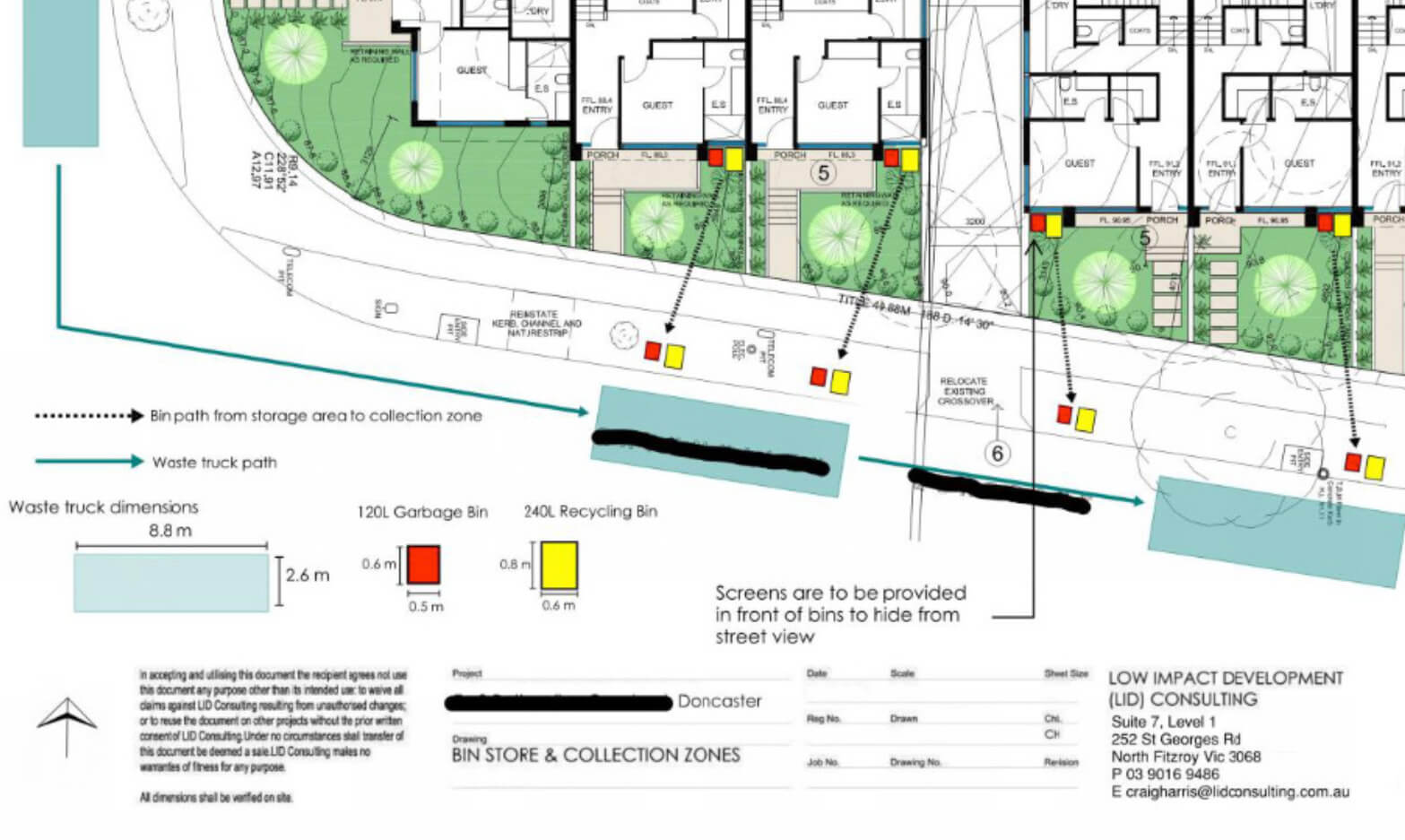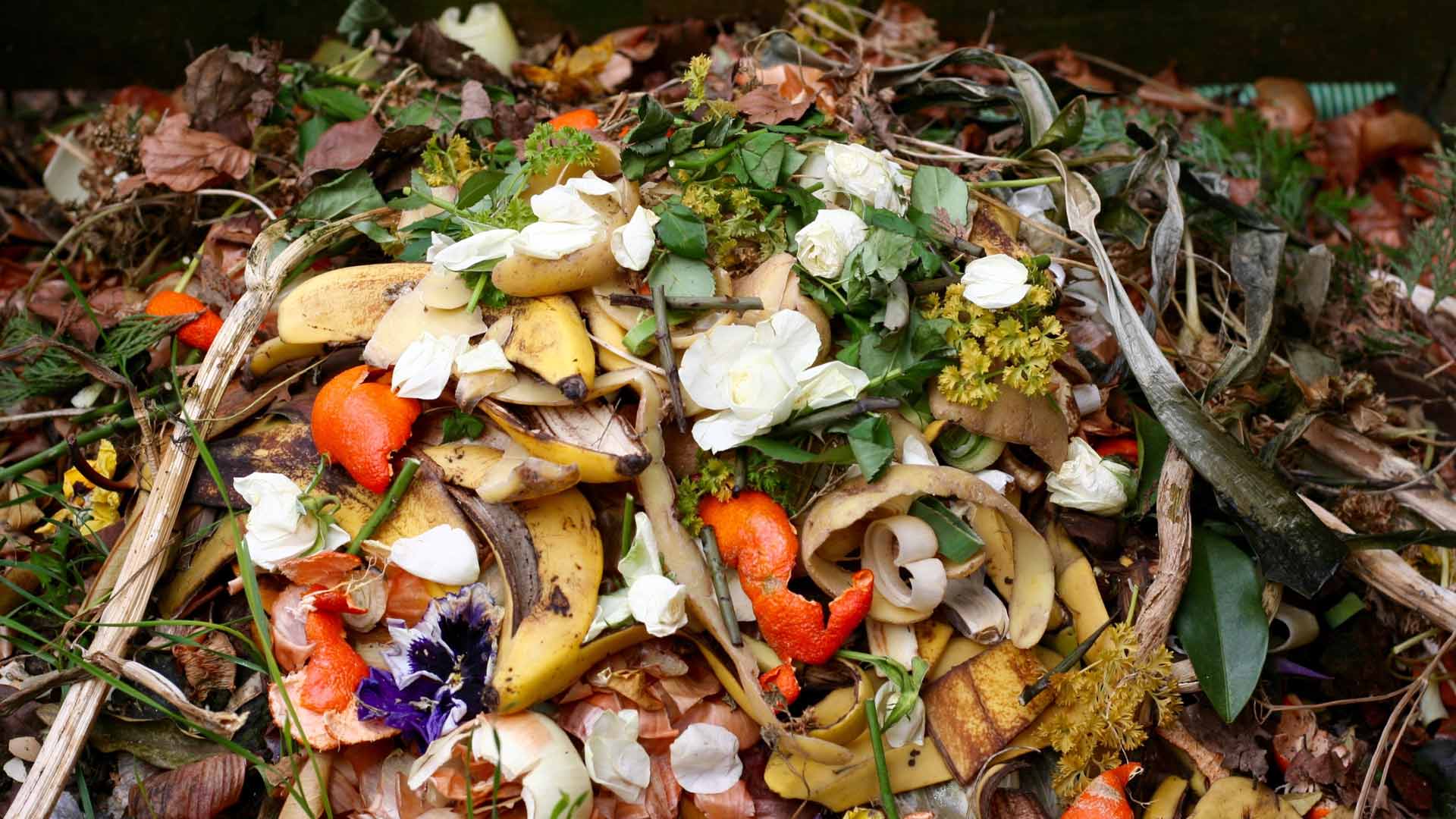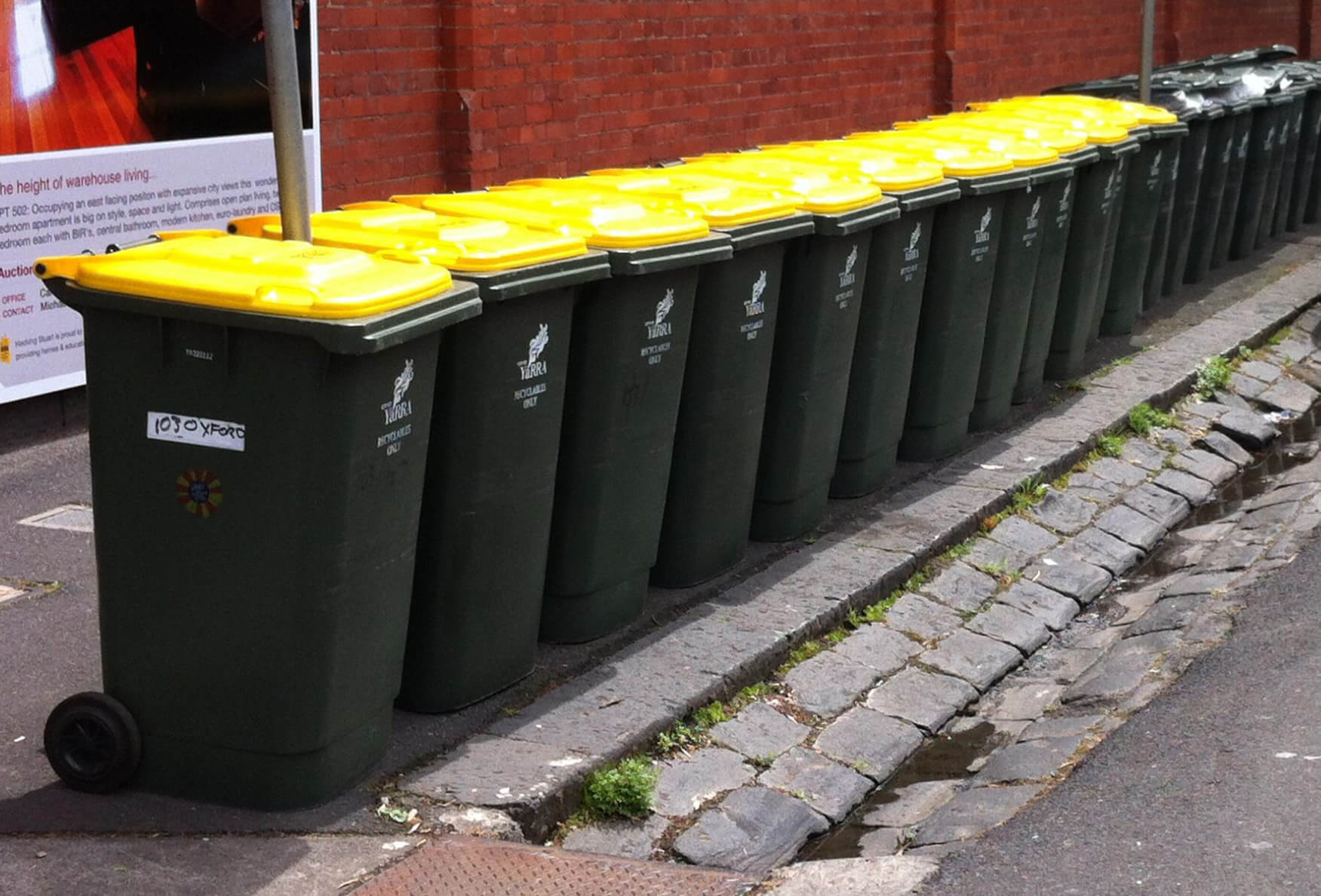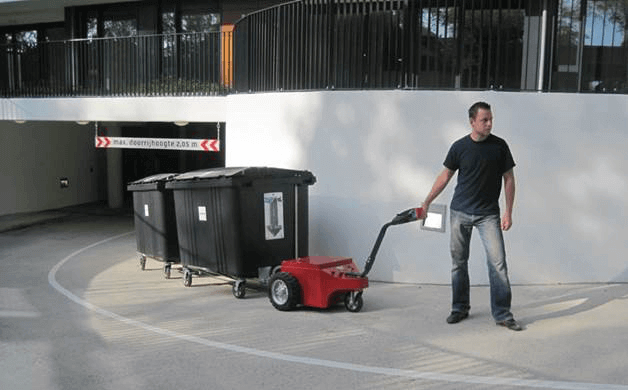6. Council collections: For Council waste collection, most councils will require bins to be able to be positioned in one row parallel to the kerb with min 300mm spacing between for automated mechanical side arm collection vehicles. In addition, allow space around trees or other obstacles. If space is not available for such a collection zone, bins may need to be retrieved from a suitable location or stacked more closely, and perhaps collected by private waste contractor(s).
7. Ramps: If bins are stored in a basement with a ramp up to the street, the bins will need to be able to be transferred to the collection zone via the lift or mechanical tug. Some collection contractors can collect from basements, but these trucks are smaller, and need to be emptied more regularly, and for this reason are a more expensive collection option. The other option is to design bin stores at ground level.
8. Mechanical tugs are relatively expensive generally ranging from $10 – 15k. Four wheel plastic bins can be connected directly to the tug unit. Two wheel bins will be required to be transported on a trolley. Allow a 1m2 footprint for tug storage, and more if a trolley is also required.
9. Close proximity of bins: Waste and recycling bins should be co-located in a bin store to ensure recycling is easy and supported.
10. Other Council requirements: Councils have other additional design and process issues be taken account of to satisfy their Waste Management Plan requirements.
If you would like a quote, call us to discuss or email your project details on pdf. We can generally confirm a written quote within 24 hours.
CONTACT US

